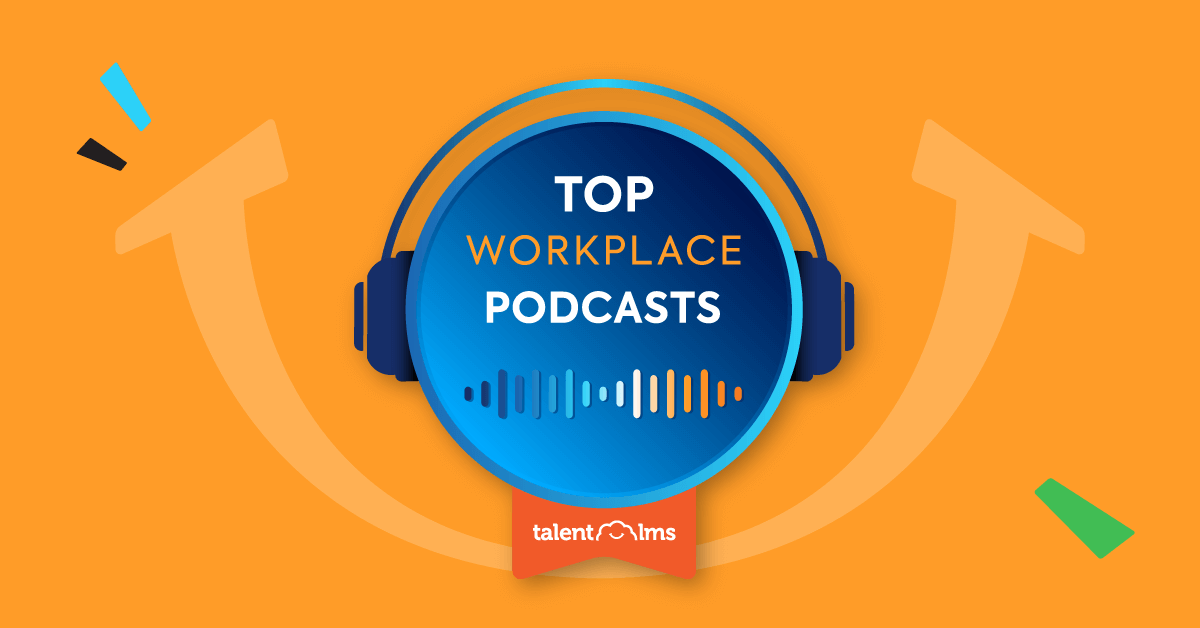In times of economic uncertainty, companies often focus on cutting costs and reducing expenses to stay afloat. Unfortunately, one of the first things to go is often workplace training.
Learning and development budgets may seem like an easy target for cuts. But reducing L&D strategies during an economic downturn is a short-sighted decision. In fact, 85% of HR leaders say training is a helpful element of company growth.
Why invest in workplace training during a recession?
Recessions can be a challenging time for businesses. But it can also be an opportunity for innovation and growth.
For instance, the 2008 financial crisis made many businesses cautious. But it was also the launching point for companies such as Venmo, Uber, and WhatsApp.
Tough times don’t have to bring a halt to your company’s growth. They can also be an opportunity for your organization—especially your L&D department—to make strategic training decisions that will pay off down the road.
To come out stronger on the other side, you need to invest in your employees and prepare them for the challenges of the future.
How the role of L&D should change
L&D professionals can help recession-proof their business by taking a proactive approach to training. Instead of responding to current needs, they must anticipate future opportunities.
Employee training is critical to your company’s success, and that doesn’t change during a recession. But how you approach training does.
To stay relevant and useful, you need to move from being an order-taker to being a strategic partner who can help drive innovation and growth.
Instead of following a reactive training model (e.g., training in response to a new hire or a product launch), be proactive. Create a learning strategy that will prepare your employees for future needs. And prepare to defend that strategy.
Upskill and reskill your people with TalentLMS
Foster a continuous learning culture and drive innovation among your teams.
The training platform that users consistently rank #1.
4 L&D strategies to provide value during an economic downturn
So how can L&D provide value during uncertain times—and prove that value to company leadership? Here are four tips to get you started:
1. Align training with organizational goals
Learning and development experts can take action to drive change within their organization by researching the new skills employees will need to help the company reach its new goals.
For example, say the business is shifting toward remote work. Employees will need training on how to effectively communicate and collaborate online.
If the business is pivoting to a new product or service, employees will need training on how to effectively sell and market that product or service.
Upskilling during a recession also ensures employee productivity. When you prepare your employees for future work by providing opportunities to learn new skills, you show them you’re willing to invest in them. When employees feel valued, they’re more likely to stick around and do their best work.
2. Make training more efficient
Drive positive change in your L&D approach by finding ways to deliver training faster and on demand.
Streamlining your training options makes them more financially viable and also makes it more likely employees will engage with and retain what’s taught. Here are a few ideas for updating your offerings:
Lean into virtual training. Use your LMS to deliver eLearning courses to your in-office and remote workers. Online training ensures everyone has access to the same quality training no matter where they’re located. It also allows you to track training activity
Set up custom learning paths within your LMS. Custom training options targeted to individual employee development plans ensure people are progressing within your organization. Plus, employees are more likely to engage with training that’s specifically relevant to them.
Adopt microlearning. Offering training in shorter, bite-sized chunks makes it easier to deliver training at the point of need. You also allow employees to learn on the go using a medium (mobile devices) they’re already familiar with. Both can lead to higher engagement and retention rates.
Make training a part of daily work life. Create a culture of learning in your organization with less formal (and less costly) learning opportunities. For instance:
- Create a library of resources employees can access in your LMS for just-in-time answers to questions or skill refreshes
- Host lunchtime seminars with guest speakers from outside industries
- Offer on-the-job coaching sessions with experienced managers who can provide mentorship
Build rich training programs with TalentLMS
Add gamification elements, interactive content, and off-the-shelf courses.
Easy to set up, easy to use, easy to customize.
3. Find ways to calculate training ROI
To convince leaders of the value of your training programs, you need data. And not just any data. You need to provide metrics that show they’re getting more out of a program than they’re putting into it.
Measuring training ROI means going beyond traditional metrics such as attendance and completion rates. It involves measuring the impact training has on the business. For instance:
- Track KPIs tied to training. For example, if a sales training program leads to an increase in sales, this should be reported as a positive ROI for the training program.
- Look at performance measures like 360 surveys and manager reports to see links between training and improved employee productivity.
- Test knowledge with quizzes and tests during and after the training. Track data that shows employees are retaining what they learn and can apply it back on the job.
4. Prepare to defend (or eliminate) at-risk programs
As decision-makers look at L&D, be prepared to offer insights that will help them understand the value it offers. You should be able to guide them through the best ways to invest in training.
Share the ROI of more expensive programs and soft skills training–often the first to go when budgets are cut.
Also, be open to the idea that you may have training that can be cut, or at least put on the back burner while the company navigates the downturn.
Evaluate current training programs to determine if they are still necessary or if they can be streamlined. Then be prepared to discuss these rather than waiting for proposed cuts from the top.
By cutting unnecessary costs, L&D professionals can demonstrate their value to their bosses and ensure that their training programs are viewed as a strategic investment rather than an expense.

Recession-proof your company by supporting L&D
Companies that sit and wait for a stormy economy to pass can miss out on growth opportunities.
Instead, continue to invest in employee development to prepare for the future and drive innovation during challenging times.
Embracing change will position your organization for success when the economy recovers.
| Tags: learning and development,Training ROI



